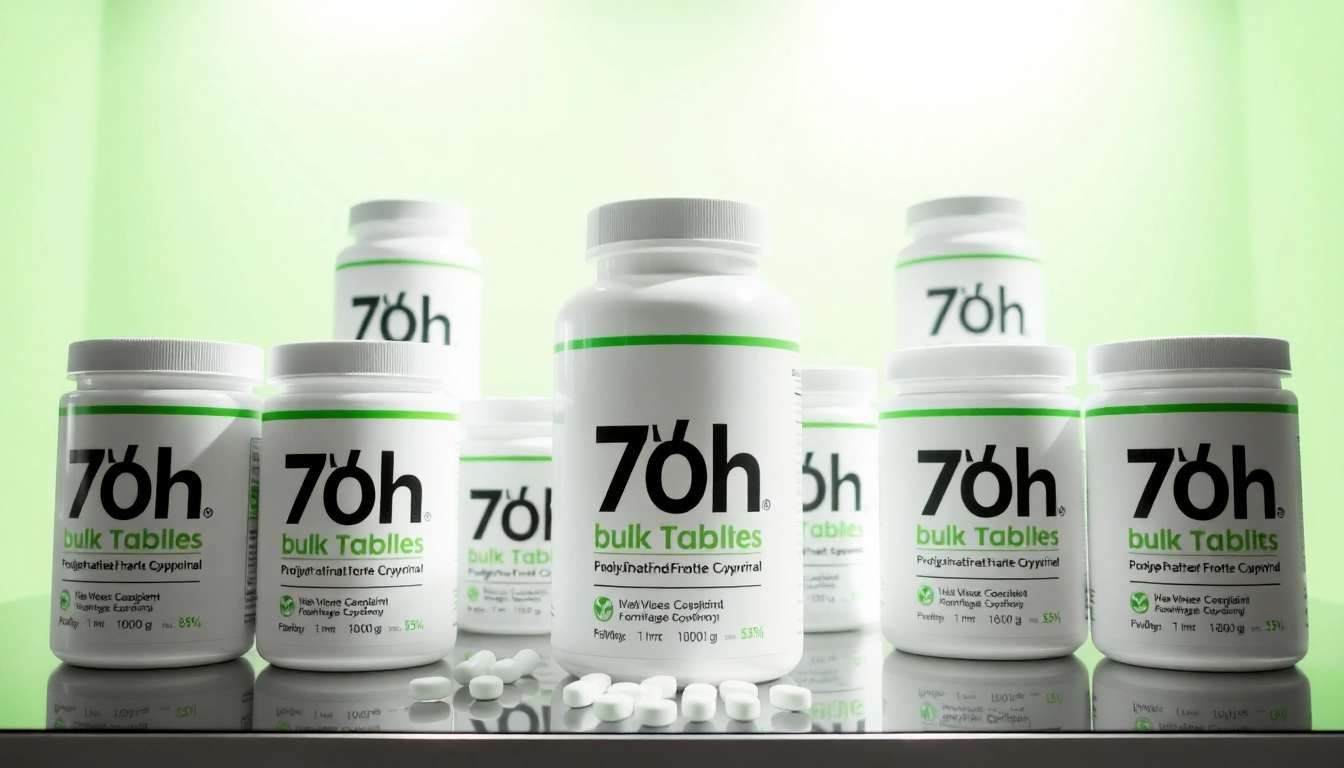Understanding BYD Parts: An Overview
What Are BYD Parts?
BYD, or Build Your Dreams, is a prominent Chinese automotive manufacturer making strides in the electric vehicle market, among others. When discussing byd parts, we refer to the various components and accessories designed specifically for BYD vehicles. This includes everything from batteries, engines, and transmission systems to interior components and body panels. The quality and integrity of these parts are critical, as they directly impact vehicle performance, safety, and longevity.
The Importance of Quality in BYD Parts
The quality of BYD parts should not be underestimated. High-quality parts ensure safe operation, blended performance, and reliability. Using substandard components can lead to accelerated wear and tear of the vehicle, resulting in increased maintenance costs and potentially dangerous driving conditions. Not only do quality parts enhance the vehicle’s functionality, but they also uphold the manufacturer’s warranty, safeguarding your investment in the long run.
Common Myths About BYD Parts
Several misconceptions surround BYD parts that can lead consumers astray. One common myth is that all aftermarket parts are inferior. While some aftermarket parts can lack quality, many reputable manufacturers produce high-quality alternatives that can match or even exceed OEM standards. Another myth is that BYD vehicles require exclusively branded parts. In reality, many components are compatible across different manufacturers, making it easier and often cheaper to find replacements without sacrificing quality.
Finding Quality BYD Parts
Where to Source BYD Parts Effectively
Finding quality BYD parts starts with knowing where to look. One effective source is authorized dealers who can offer authentic parts with warranties. However, the cost can be higher. Online marketplaces, dedicated automotive parts websites, and local auto parts stores are also viable options. Platforms like eBay and Amazon may provide competitive pricing, but it’s essential to vet the sellers for reputation and return policies.
Evaluating Supplier Reputation for BYD Parts
Before purchasing BYD parts, ensure you’re sourcing from reputable suppliers. Check for customer reviews, ratings, and overall satisfaction. Authentic dealers will often showcase their certifications and warranties, indicating their commitment to quality. Engaging in forums and automotive communities can also provide insights into trusted suppliers based on shared experiences of fellow owners.
Comparing Prices of BYD Parts
When it comes to buying BYD parts, price comparison is vital to getting the best deal without compromising on quality. Utilize price comparison websites or tools to check authenticity and fair market pricing. Remember to factor in shipping costs and return policies when assessing total expenditure. Sometimes, the cheapest option upfront may lead to higher costs down the road if the part fails prematurely.
Installing BYD Parts: Best Practices
Essential Tools for Installing BYD Parts
Every DIY enthusiast needs the right tools to install BYD parts effectively. Essential tools include a socket set, screwdrivers (both flat and Phillips), pliers, torque wrenches, and diagnostic equipment for troubleshooting. Additionally, safety gear such as gloves and goggles are recommended to protect yourself during the installation process. A repair manual specific to your BYD model can also serve as a valuable guide throughout the job.
Step-by-Step Guide to Installing BYD Parts
Installing BYD parts can seem daunting, but breaking the process down into manageable steps can simplify the task:
- Assess Your Needs: Determine which part needs to be installed and gather all necessary tools.
- Read Instructions: Thoroughly read any installation instructions that accompany the new part.
- Disconnect Power: If installing electrical components, ensure the vehicle is powered off and disconnected from the battery.
- Remove Old Parts: Carefully remove the old part, taking note of how it’s installed.
- Install New Part: Fit the new component into place, ensuring it aligns properly with other elements.
- Reassemble Everything: Reattach any removed parts, tightening screws/bolts to the specified torque levels.
- Test the Installation: Once everything is back in place, reconnect the power supply and conduct a test run to ensure the new part functions correctly.
Common Mistakes to Avoid When Installing BYD Parts
New installers often make mistakes that can lead to costly repairs down the line. Here are some common pitfalls to avoid:
- Rushing through the installation—take your time to ensure a proper fit.
- Neglecting to consult the repair manual or instructions for the specific part.
- Overtightening screws or bolts, which can damage threads or cause cracks.
- Failing to conduct a thorough inspection of the installed part.
- Forgetting to reconnect critical electrical connections.
Maintaining Your BYD Parts for Longevity
Regular Maintenance Tips for BYD Parts
Regular maintenance is crucial for extending the life of BYD parts. Simple practices include cleaning components regularly, checking for signs of wear, and performing periodic inspections. For example, maintaining your battery by testing its charge and ensuring terminals are clean can prevent larger issues. Scheduling routine check-ups with a professional is also recommended, particularly for complex systems like brakes and engines.
Signs Your BYD Parts Need Attention
Being proactive about monitoring your vehicle’s parts can save considerable time and money. Here are some signs that your BYD parts may need attention:
- Unusual Noises: Grinding or squeaking sounds often indicate worn components.
- Warning Lights: Dashboard alerts are often the first indication that something is amiss.
- Fluid Leaks: Puddles beneath the vehicle are a significant sign that seals or gaskets may be failing.
- Decreased Performance: A lack of responsiveness or power can signal that parts are starting to fail.
When to Replace BYD Parts
Knowing when to replace parts is critical to maintaining vehicle safety and performance. Pay attention to the manufacturer’s recommendations and advisories for replacement intervals, particularly for high-wear items such as brake pads and timing belts. If experiencing frequent issues with a specific part, it may be more cost-effective to replace it rather than continue repairs.
Innovations in BYD Parts Technology
Latest Trends in BYD Parts Development
The automotive sector has seen rapid advancements in technology, and BYD is at the forefront of these innovations. Trends include the use of lightweight, durable materials to enhance fuel efficiency and performance. Integration of smart technologies, such as IoT sensors within parts, allows for real-time monitoring and predictive maintenance, helping owners stay ahead of potential problems.
Impact of Technology on BYD Parts Performance
Advanced technologies have significantly improved BYD parts’ performance. For example, the transition from traditional lead-acid batteries to lithium battery systems has drastically increased energy density, allowing for longer ranges and shorter charging times for electric vehicles. Additionally, the introduction of advanced composites in body panels enhances strength while reducing weight, leading to improved efficiency.
Future of BYD Parts in the Automotive Industry
Looking forward, the future of BYD parts is inherently tied to the evolution of sustainable automotive technology. As electric vehicles become more mainstream, the focus will shift to higher efficiencies, with innovations in battery technology and renewable materials leading the charge. BYD is poised to leverage AI and machine learning in production processes, aiming for higher precision and reduced waste, supporting both performance and environmental goals.



